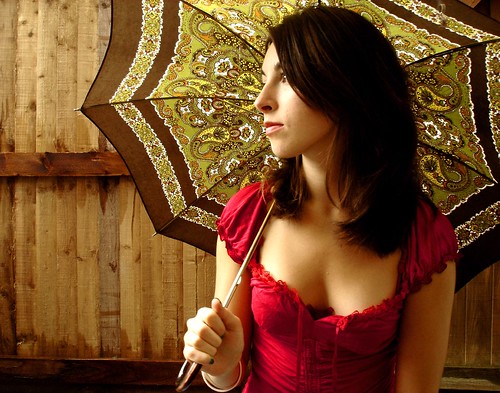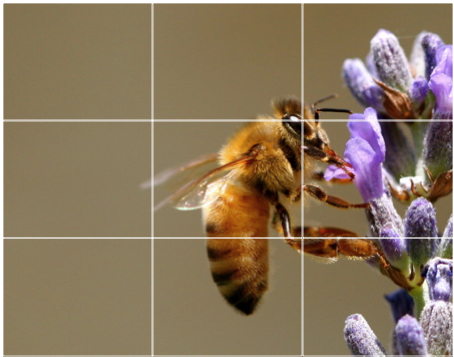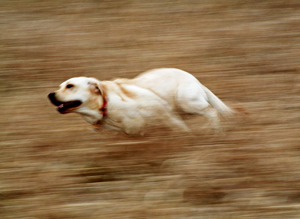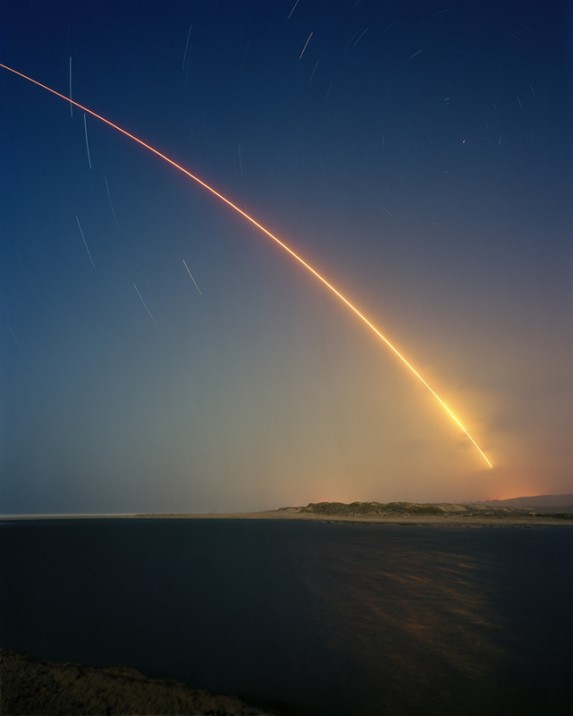 Vignetting is usually unintended and often undesired, but is sometimes purposely introduced for a creative effect. A photographer can specifically choose a lens in which to produce vignetting. Special filters and post-processing procedures can also create this effect. In addition, in the area of digital photography, some photo editing programs have the availability of a vignetting tool that can be added after the photograph has been taken and imported.
Vignetting is usually unintended and often undesired, but is sometimes purposely introduced for a creative effect. A photographer can specifically choose a lens in which to produce vignetting. Special filters and post-processing procedures can also create this effect. In addition, in the area of digital photography, some photo editing programs have the availability of a vignetting tool that can be added after the photograph has been taken and imported. There are four types of vignetting: mechanical, optical, natural, and pixel. The first, mechanical vignetting, occurs when light beams from an object is partially blocked by external objects such as thick or stacked filters. The darkening can either be gradual or abrupt, depending on the aperture.
There are four types of vignetting: mechanical, optical, natural, and pixel. The first, mechanical vignetting, occurs when light beams from an object is partially blocked by external objects such as thick or stacked filters. The darkening can either be gradual or abrupt, depending on the aperture.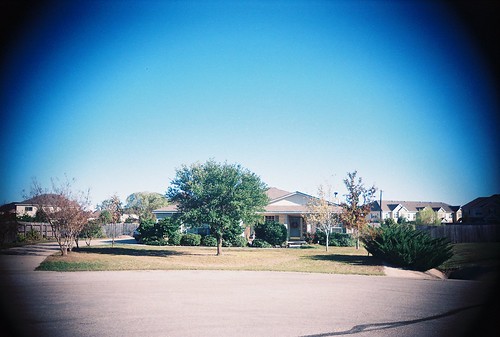 Optical vignetting is cause by the physical dimensions of multiple element lens. Rear elements are shaded by elements in front of them which reduces the effective lens opening for off axis light. The result is a gradual decrease in the light intensity. This effect is sensitive to aperture.
Optical vignetting is cause by the physical dimensions of multiple element lens. Rear elements are shaded by elements in front of them which reduces the effective lens opening for off axis light. The result is a gradual decrease in the light intensity. This effect is sensitive to aperture. Natural Vignetting is unlike the two previous types. It is not due to the blocking of light rays. The falloff is approximated the angle at which the light hits the film or sensor. It is affected by the cosine of the angle of the light.
Natural Vignetting is unlike the two previous types. It is not due to the blocking of light rays. The falloff is approximated the angle at which the light hits the film or sensor. It is affected by the cosine of the angle of the light. The last kind of vignetting, Pixel, only affect digital cameras and is cause by the angle dependence of the digital sensors. Most digital cameras use built in image processing to compensate for optical this vignetting when converting raw sensor data to standard image formats, such as JPEG or TIFF.
The last kind of vignetting, Pixel, only affect digital cameras and is cause by the angle dependence of the digital sensors. Most digital cameras use built in image processing to compensate for optical this vignetting when converting raw sensor data to standard image formats, such as JPEG or TIFF.Whether you mean to have vignetting in your photograph or it comes as a mistake, this technique can draw the viewer to the center of the photograph and can add interest to an otherwise dull photograph.

